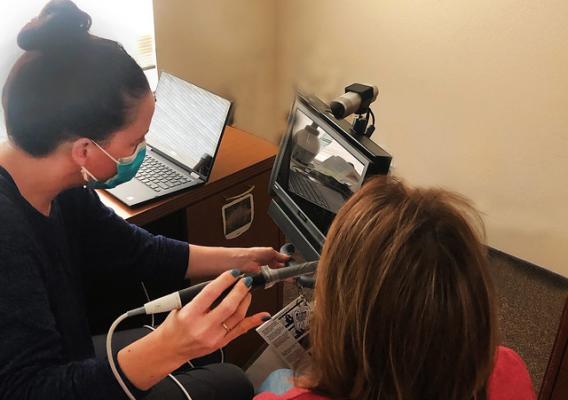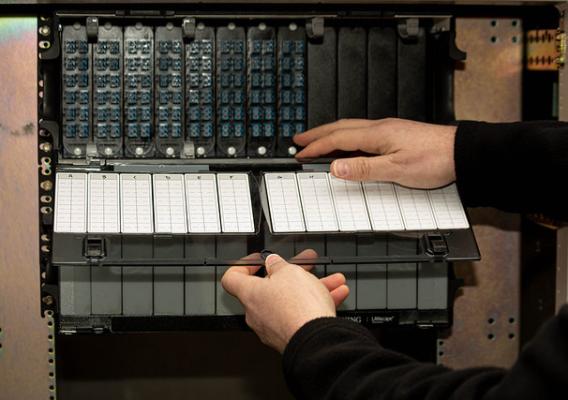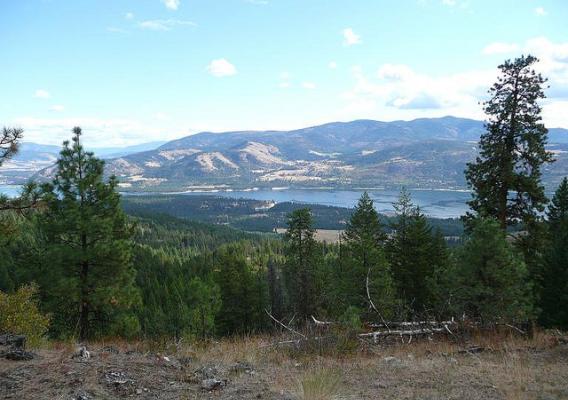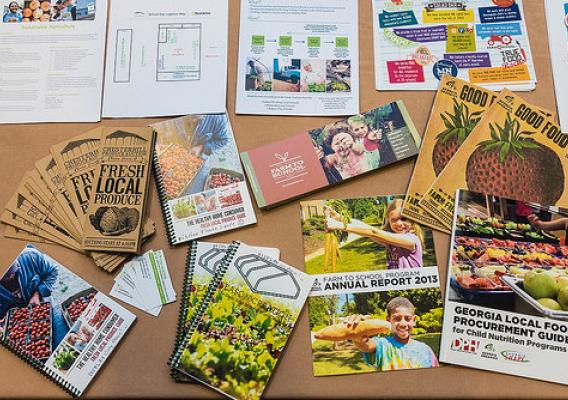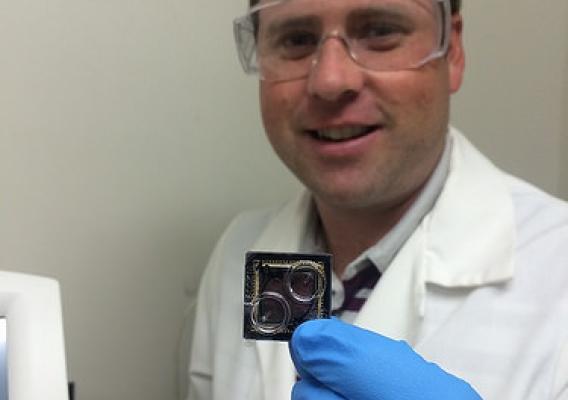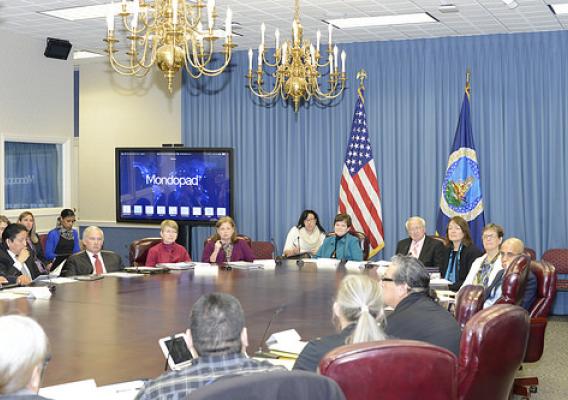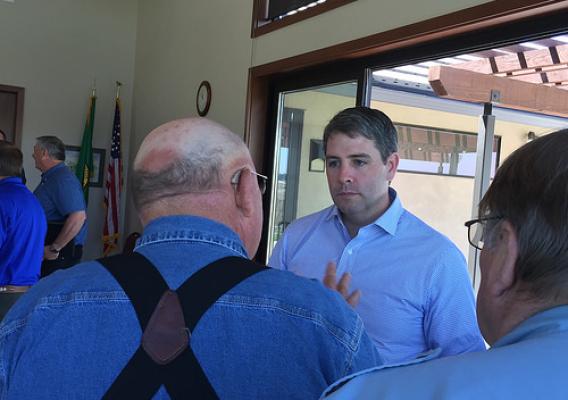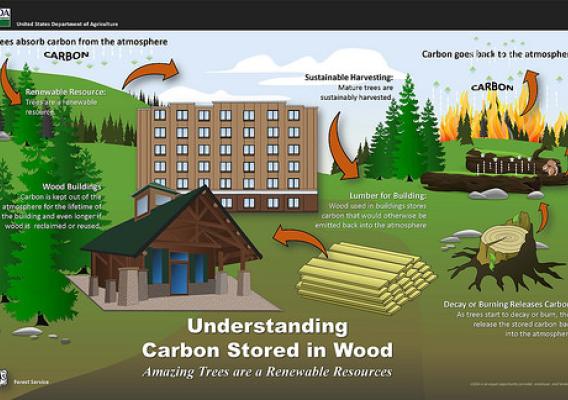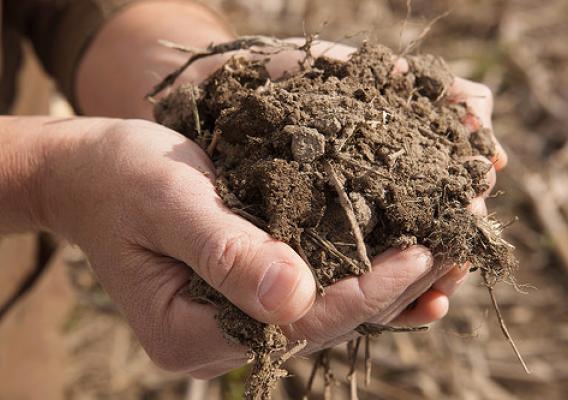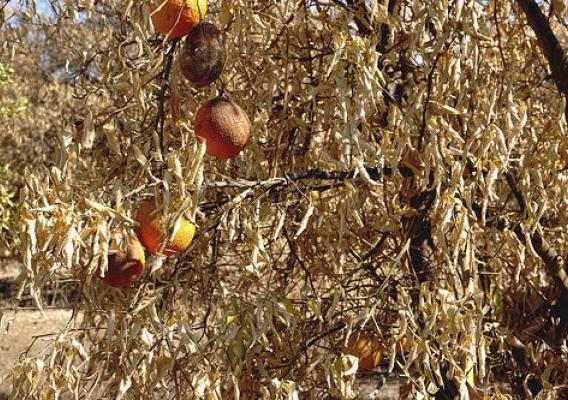All this month we will be taking a look at what a changing climate means to Agriculture. The ten regional USDA Climate Hubs were established to synthesize and translate climate science and research into easily understood products and tools that land managers can use to make climate-informed decisions. The Hubs work at the regional level with an extensive network of trusted USDA agency partners, technical service providers, University collaborators, and private sector advisers to ensure they have the information they need to respond to producers that are dealing with the effects of a variable climate. USDA's Climate Hubs are part of our broad commitment to developing the next generation of climate solutions, so that our agricultural leaders have the modern technologies and tools they need to adapt and succeed in the face of a changing climate.
At a recent meeting in Kennewick, WA, panelists representing agricultural industries in the Pacific Northwest addressed the need for climate change adaptation and mitigation. A wheat farmer representative said that farmers are flexible and can change how and when they plant as changes in weather occur. An irrigation association representative indicated that after several years of long dry seasons and low snowpack, members were interested in re-thinking how water rights are administered. The grape growers were worried about the changing climate and thinking about new strategies—mostly planting more heat-tolerant varieties. The shellfish representative seemed astounded that anyone would question climate change. He indicated that shellfish growers were already sending their “crops” to Hawaii where the water is less acidic, and were planning new strategies for raising shellfish. The lesson here is what affects people directly gets their attention.

